#RighttheRules – make sure the poorest aren’t priced out of a good quality education
2022 Youth Report
Miguel Morales Madrigal
The campaign was born as a result of the following evidence drawn from the Report:
In low- and middle-income countries, 1 in 6 families have to save, while 1 in 12 have to borrow to pay for education. In Haiti, Kenya, the Philippines and Uganda, at least 30% of families borrow for education.
Families in the poorest countries are paying the most for education. Households cover 39% of the total cost of education in low- and lower-middle-income countries, compared to only 16% in high-income countries, with the government covering the remainder.
Public education still has many hidden costs. About one third of household primary and secondary education expenditure in low- and middle-income countries comes from households with children in public schools. Much of the cost comes from school uniform and other school supplies; these accounted for almost two fifths of the amount households were spending on education in 15 low and middle-income countries.
Private schools and private supplementary tuition are pushing up these costs for households. Globally, 3.2% of household budgets is spent on education on average but that rises to 6% in countries where a high share of enrolment is in private schools.
One in four countries does not regulate the amount of fees charged by private schools. In low- and lower-middle-income countries, poor parents employ a variety of strategies to cope with private school expenses, including resorting to unregistered and cheaper schools, which are likely to have poor facilities and offer lower quality of instruction.
We call for governments to:
- Monitor household spending on education – and make sure the poorest are neither priced out of high quality schools nor stratified into lower quality schools
- Improve the enforcement of regulations of private education but also use such regulations to promote equity and inclusion in education.
Partner

